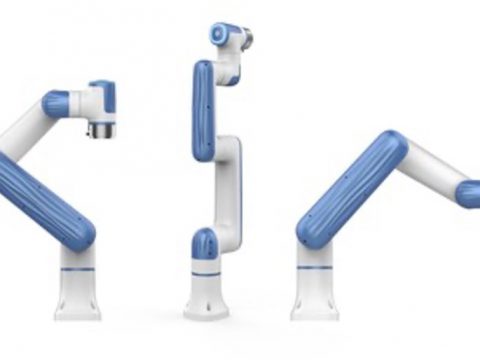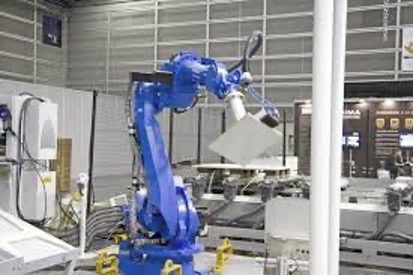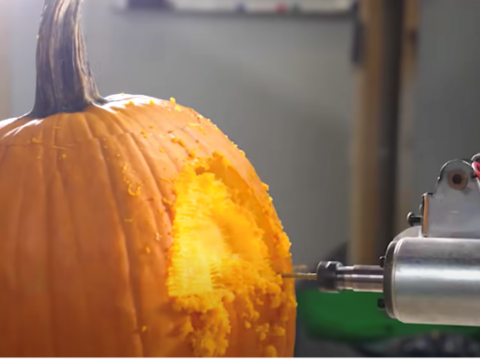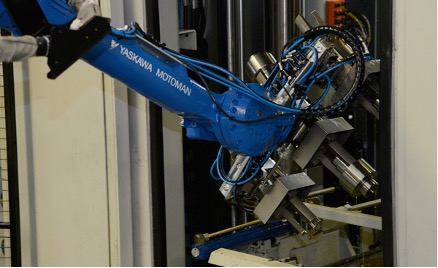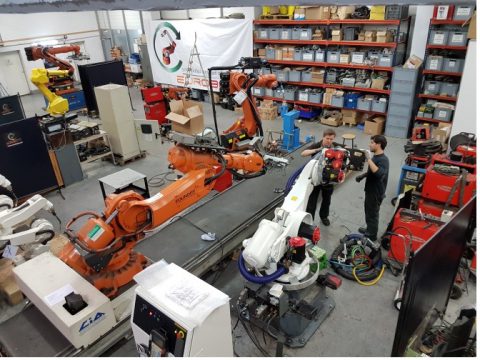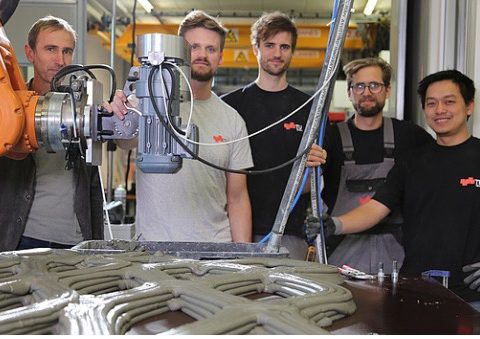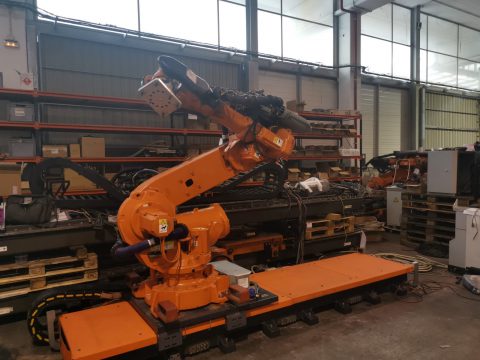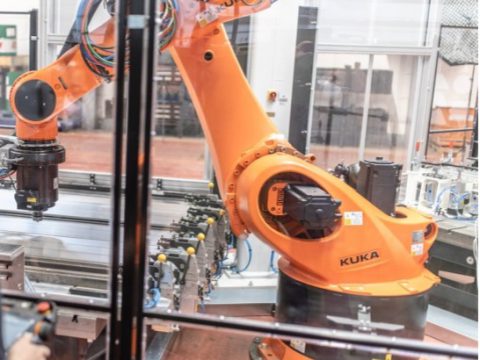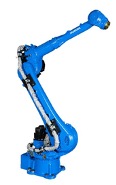ROBOTS FOR RETAIL AUTOMATION: DOBOT LAUNCHES NOVA COLLABORATIVE ROBOTS
Dobot’s Nova Series collaborative robots were created especially for retail customers. They are capable of performing tasks including the preparation of coffee, mixed drinks, ice cream, noodles, fried chicken and even physical treatments. Two major obstacles facing the retail and service sectors are rising costs and labour shortages. The first two industrial robots in the

